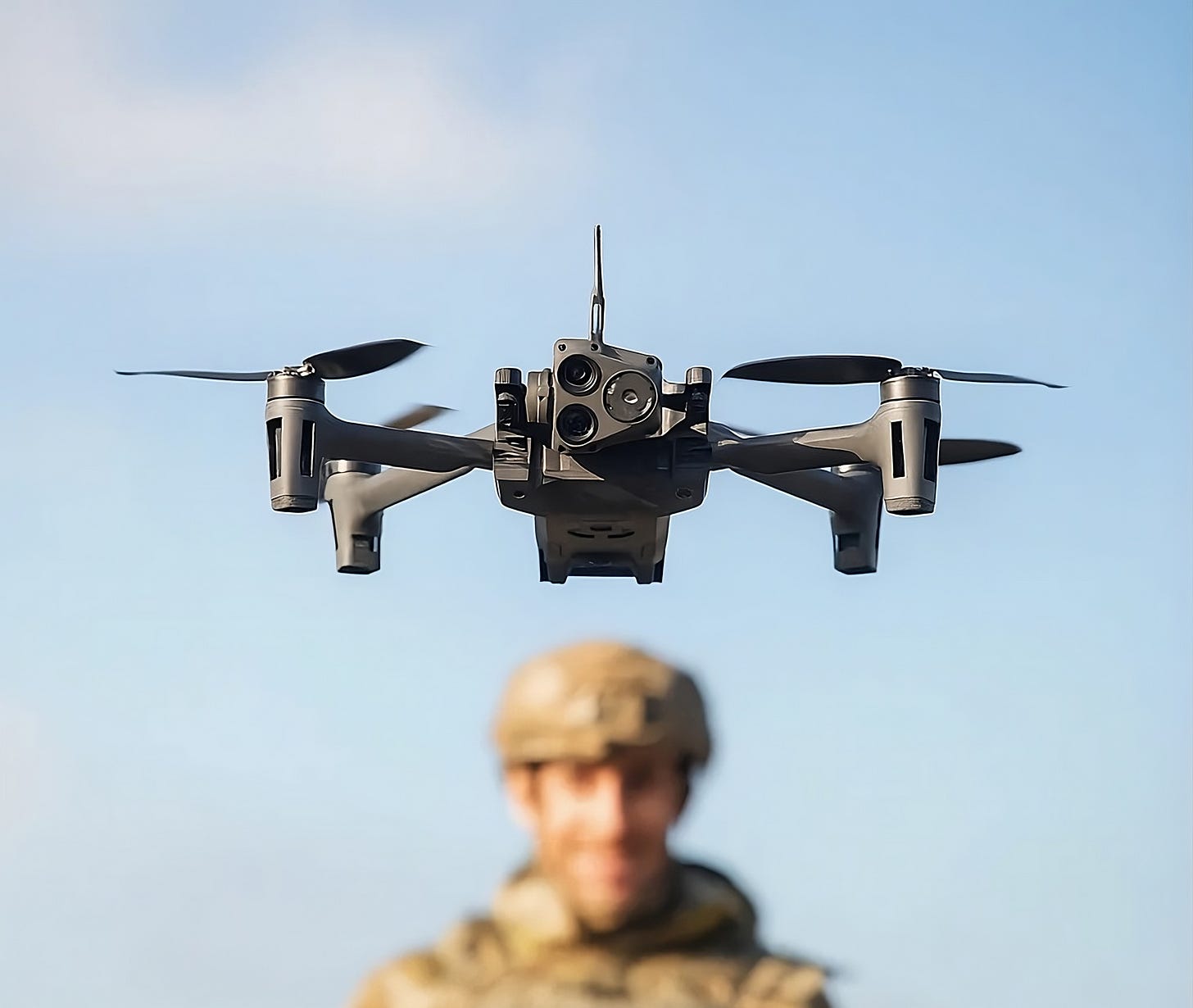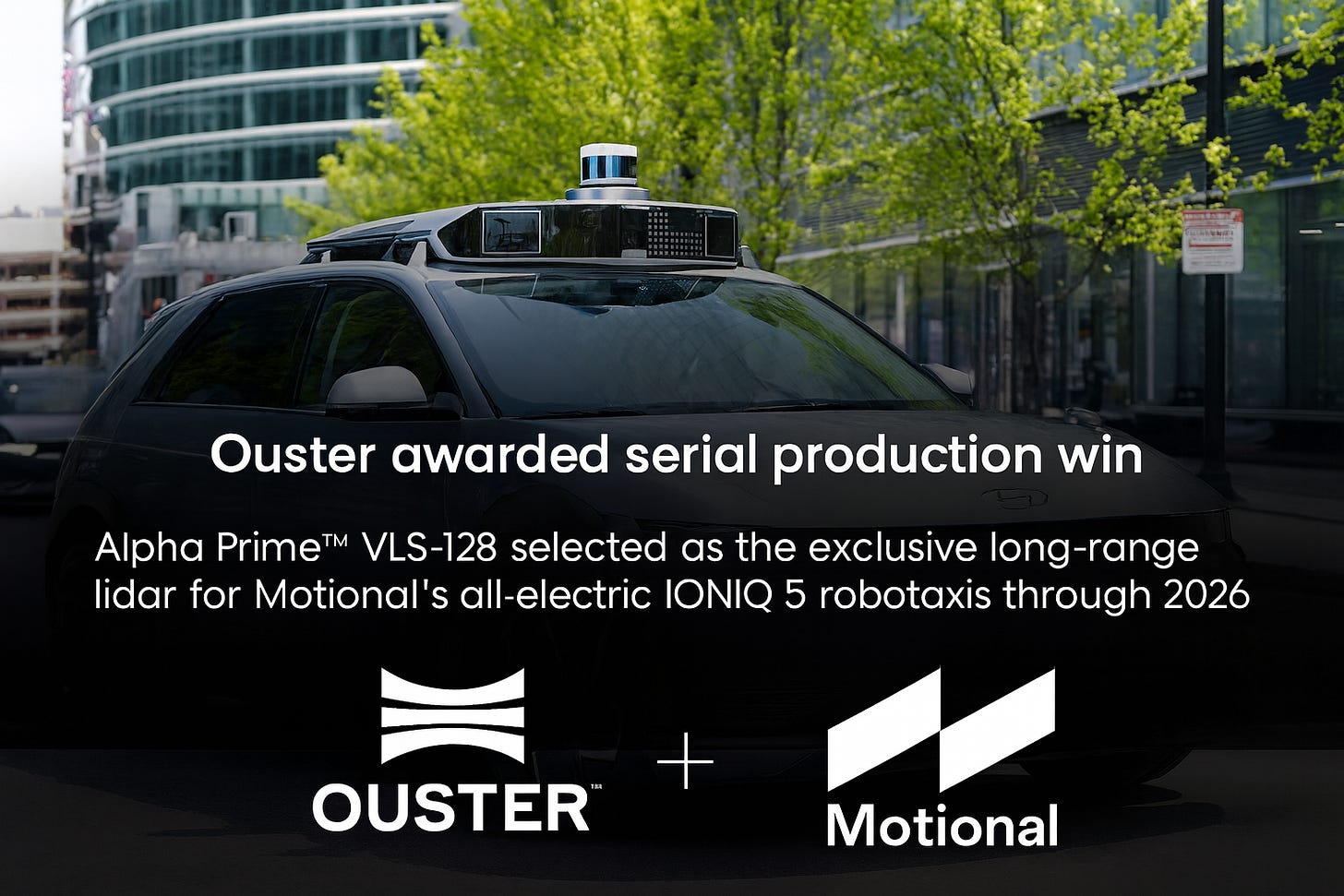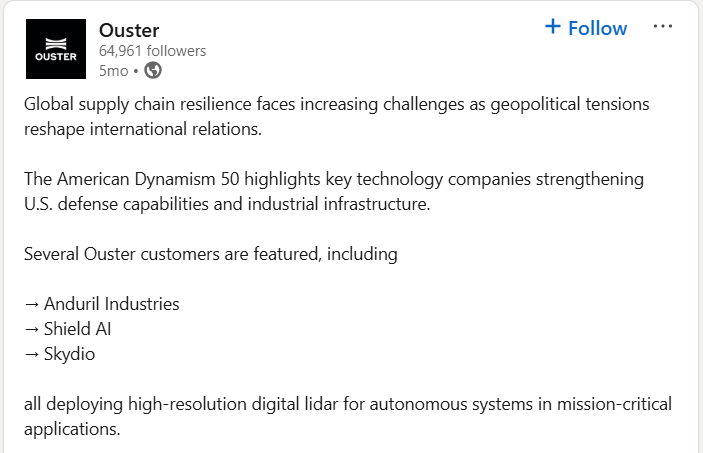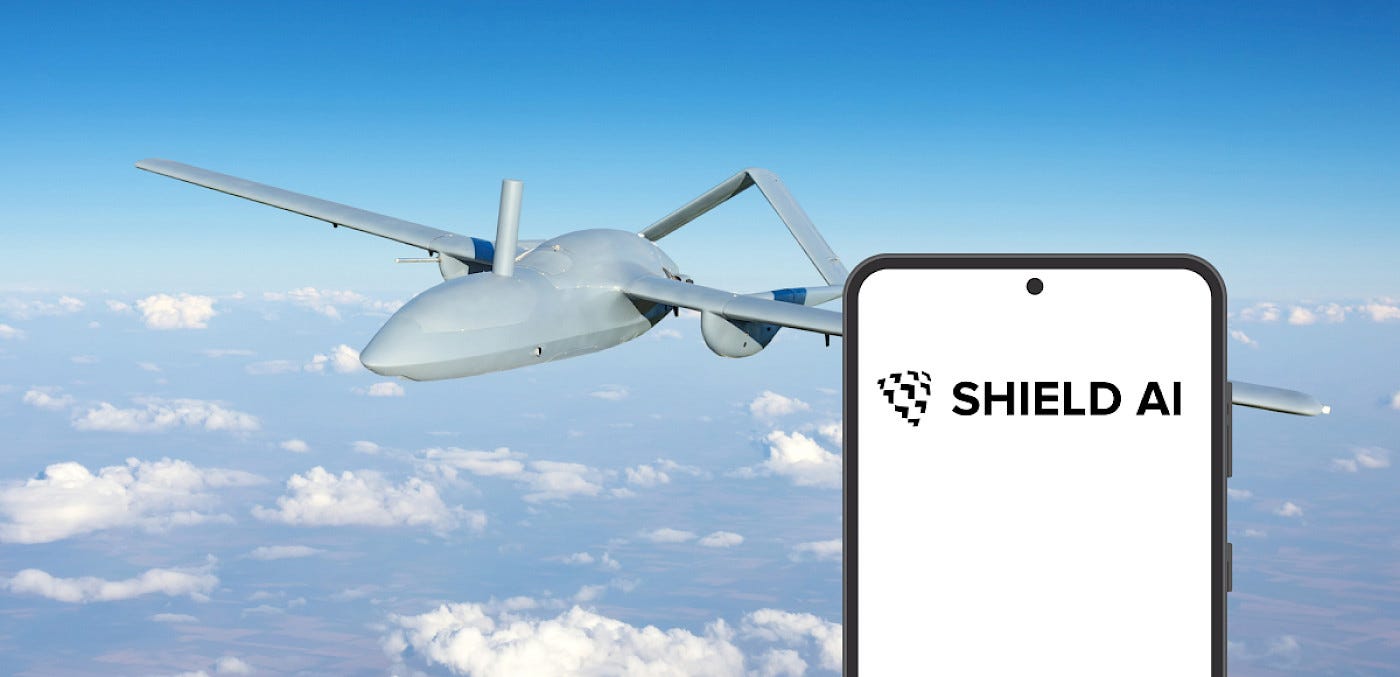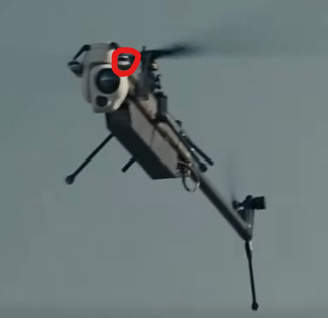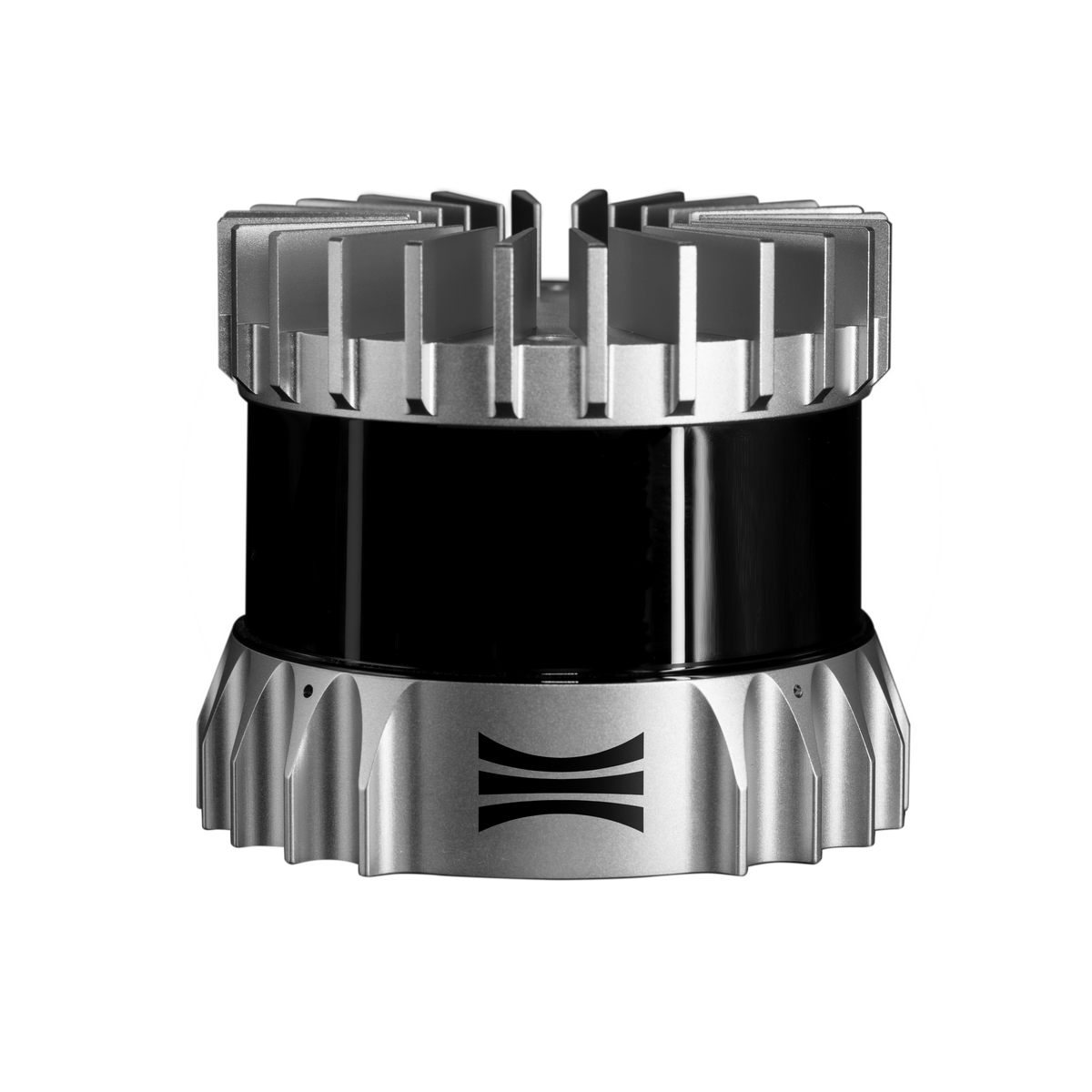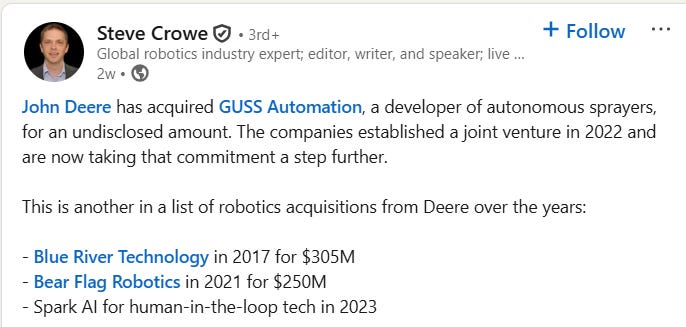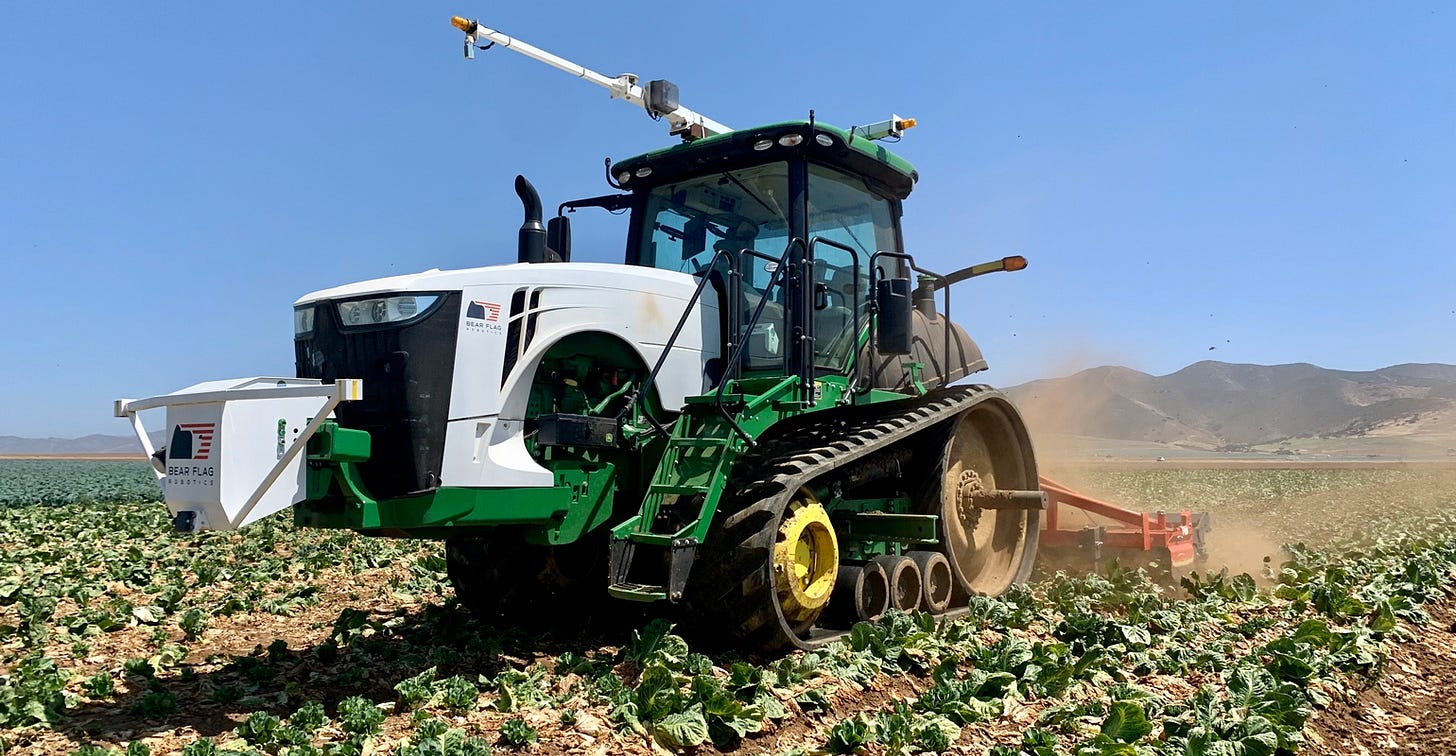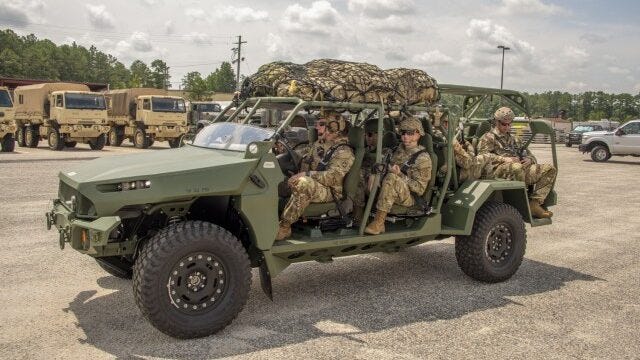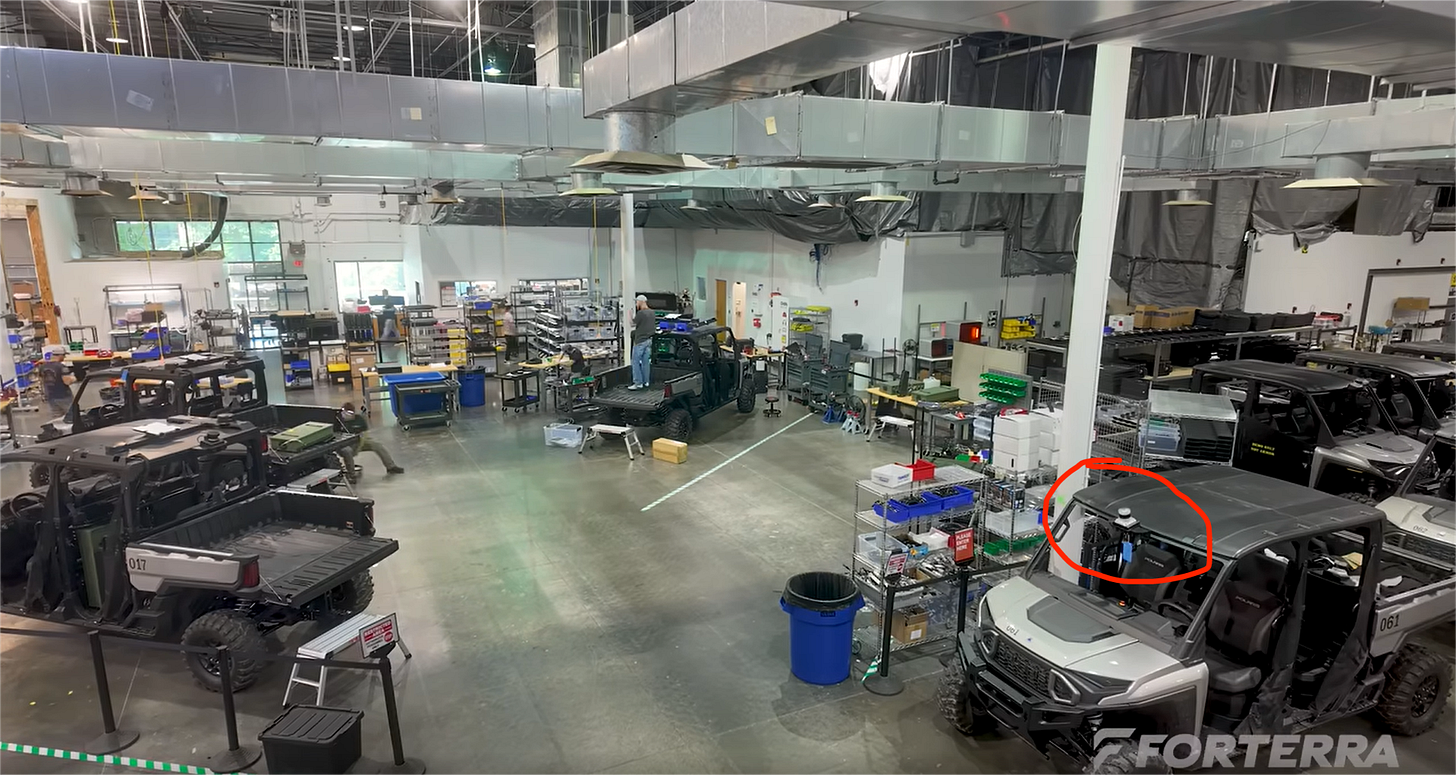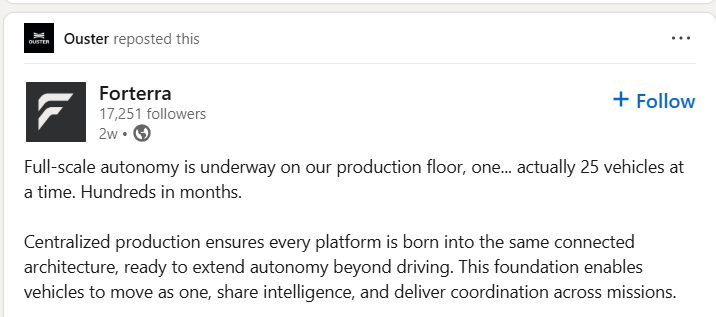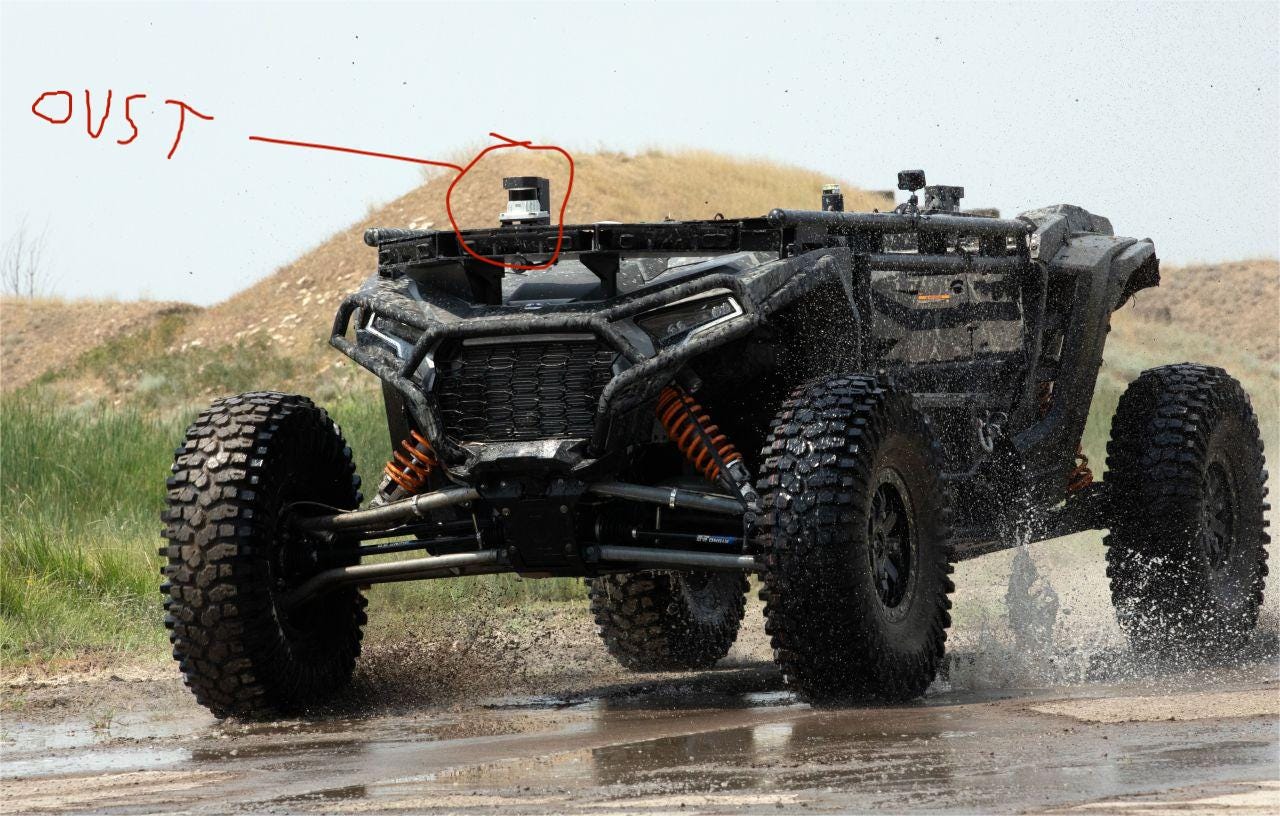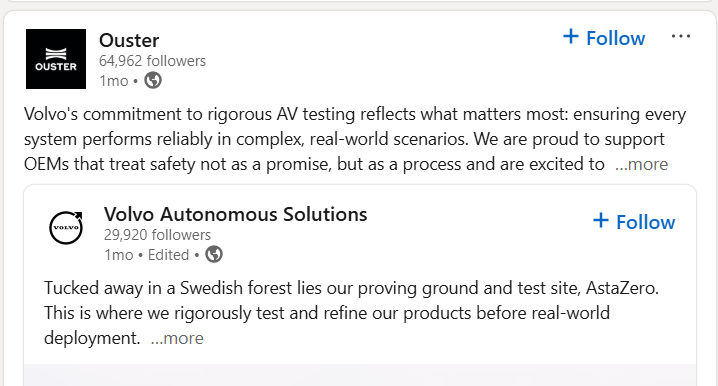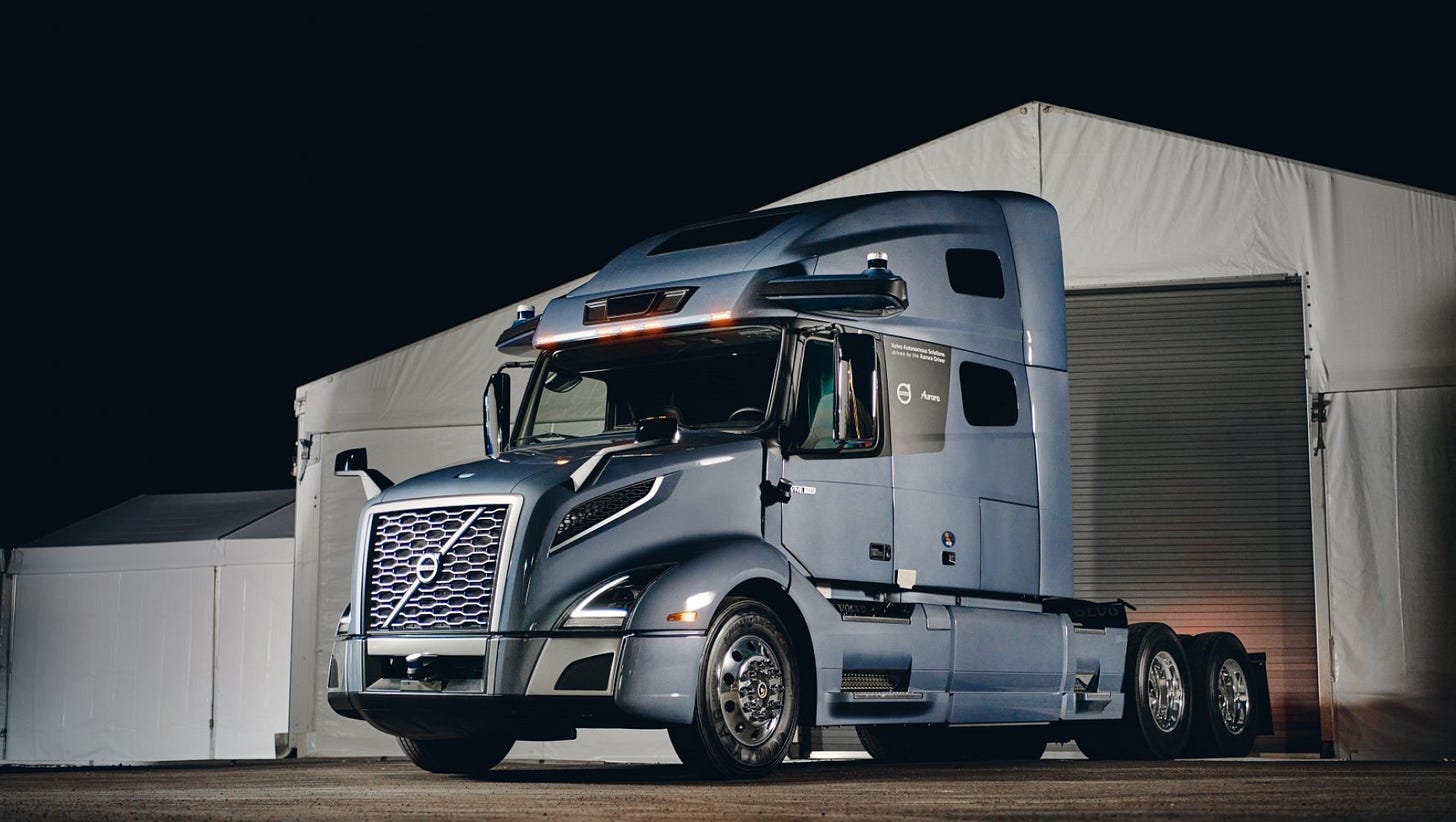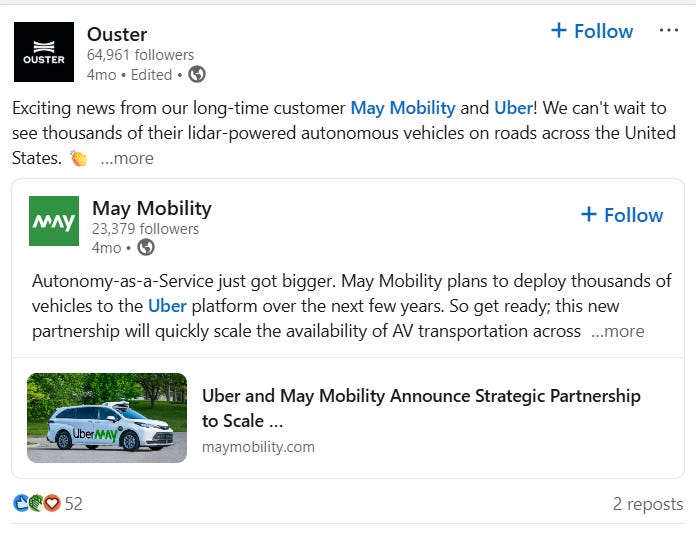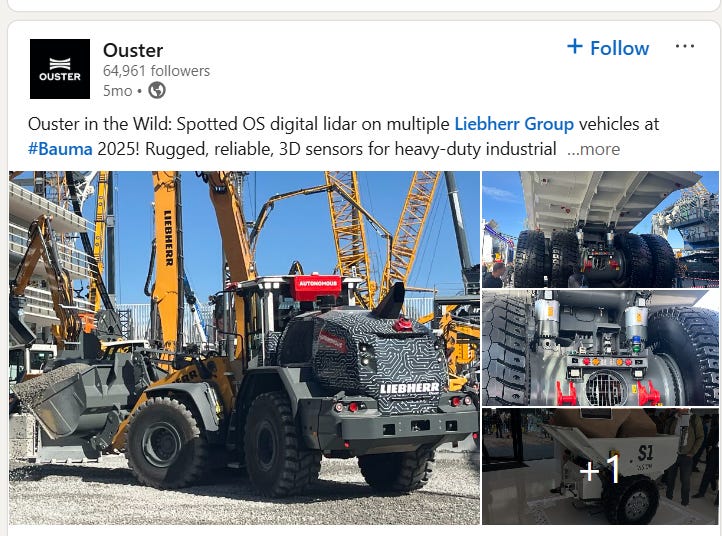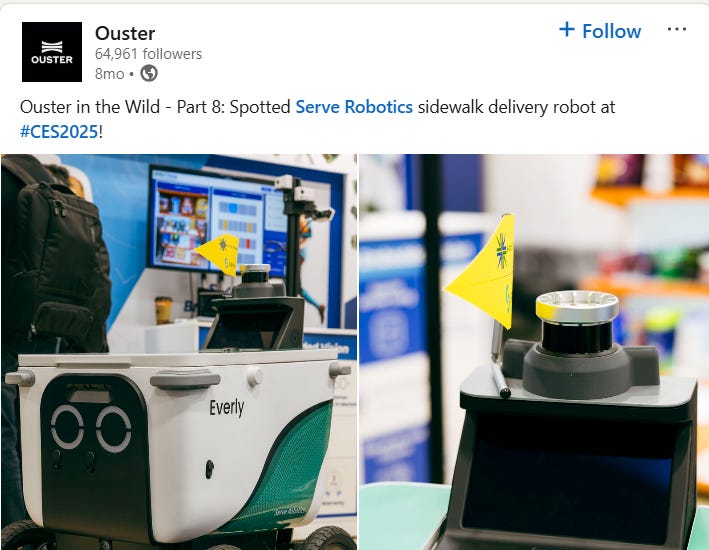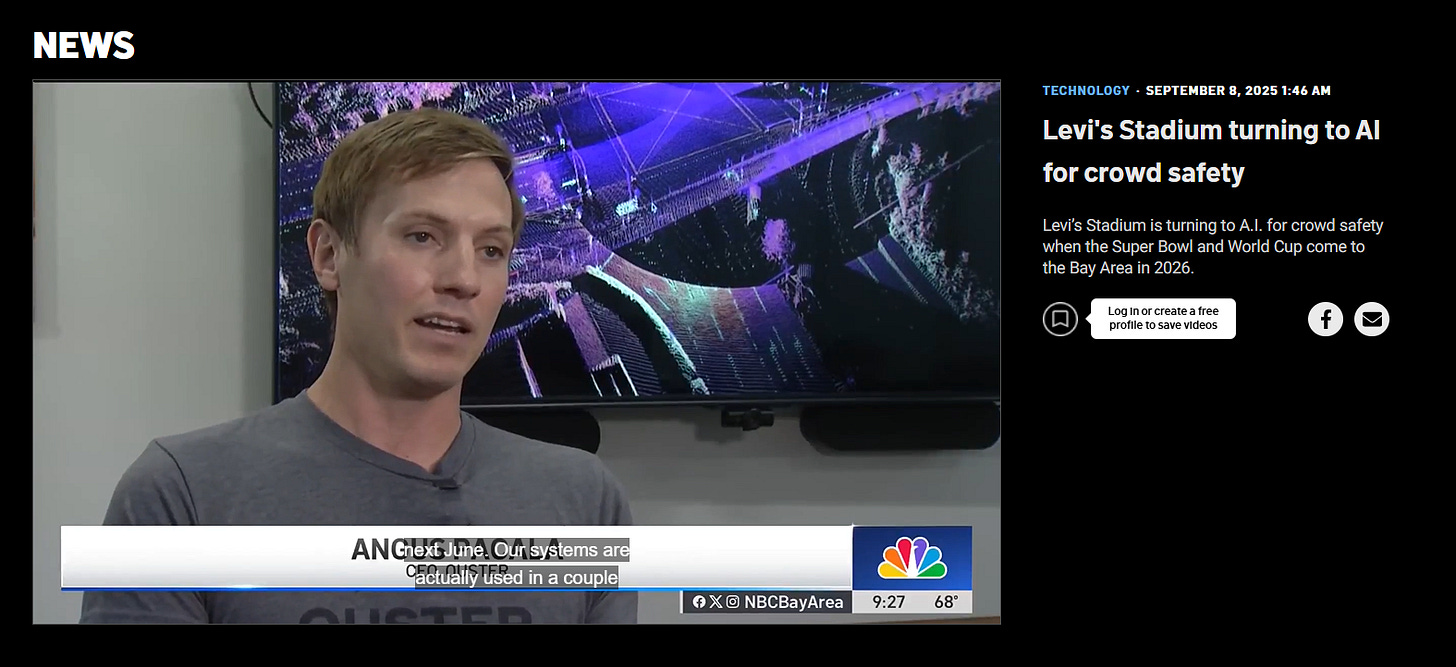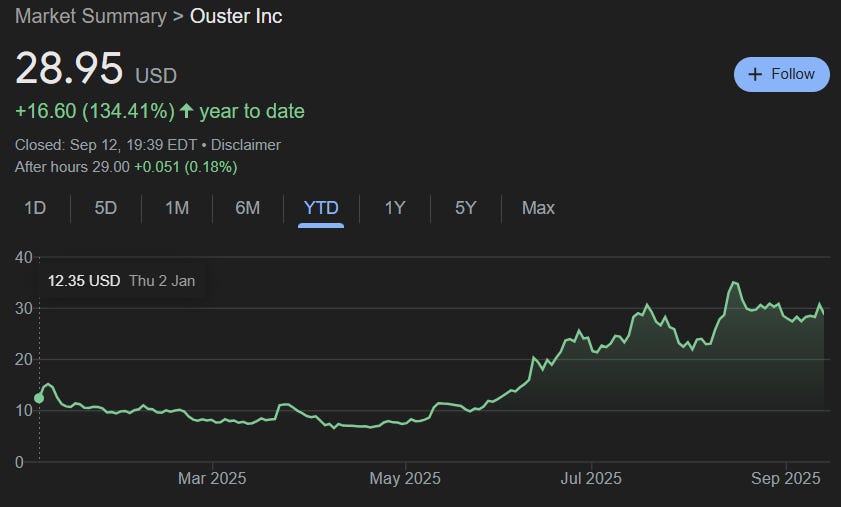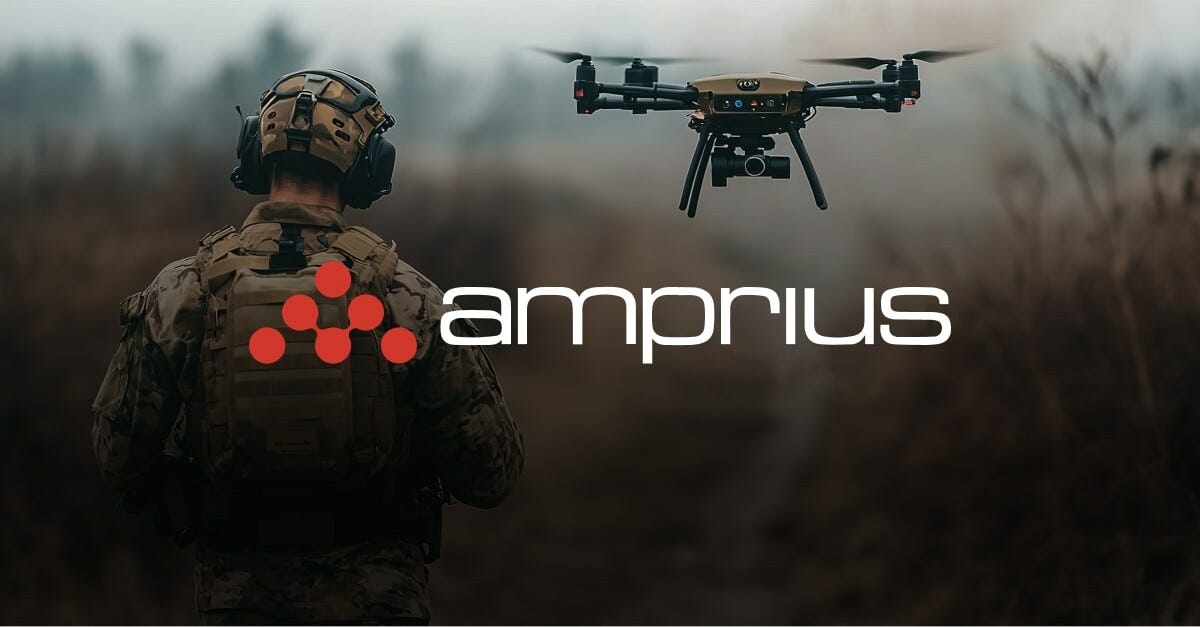Drone Stocks 2025
Drones are the future, but what are the best picks? Avoid investing in empty hype
Automation will change humanity’s means of production forever. From humanoid robots to self-driving taxis, I believe the shift of labor from humans to machines will be enabled by AI and will grow into an industry of massive scale. This also includes the theme I am going to cover today: military drones.
The military industry is being automated too. The future no longer depends on humans controlling weapons. That approach is imprecise, inefficient, and dangerous. AI will take control of weapons systems, and as a result, we are heading toward a paradigm shift in the type of defense systems that need to be produced.
I believe that, as investors, we should aim to be early. While it is true these kinds of investments have already gained traction, the potential and growth we will see in the coming decades far outweigh today’s valuations. For that reason, I think we are still very early in the development phase.
The first company I am going to cover, introducing a topic I plan to expand in a series of articles, is a comprehensive automation play powering not just drones, but also robotaxis and other autonomous machines. It is the company that has impressed me the most so far, and it currently leads my watchlist in this sector.
Starting with such a diversified company feels like the right way to introduce this topic.
Let’s dive in.
Ouster
Ouster defines itself as a Physical AI company. It builds digital lidar sensors and perception software for four main markets:
Automotive
Industrial
Robotics
Smart Infrastructure
Ouster went public via SPAC in 2021, merged with Velodyne in February 2023, and now sells a unified portfolio while expanding software attach and recurring revenue.
Ouster’s solutions include traditional lidar from Velodyne, which is used in Motional’s robotaxis, but their digital lidar sensors are what truly set them apart from the rest of the field.
What’s their edge? Traditional lidar works like a spinning mirror that sends out laser beams and measures how long they take to bounce back. Adding more beams gives a more detailed image, but it also makes the device bulkier, more fragile, and more expensive.
Ouster’s digital lidar is different. Instead of relying on moving parts and analog electronics, the entire system is built onto a chip, similar to how a digital camera functions. They call this technology REV7.
Ouster is taking inspiration from Tesla’s simplification playbook, but instead of rejecting lidar technology, they are adapting a minimalistic, next-generation approach to it. By doing this, they remove the bulk and create a smaller, simpler system that breaks less, moves less, and is more stealthy. This is key for drones. It is also a cheaper design and easier to scale up in resolution without adding complexity.
What I like about Ouster is that they are not just another tech startup with buzzwords and empty promises. They actually deliver. You can see that by looking at their numbers and clients.
So, who does Ouster sell to? They have confirmed three clients, one of them being Anduril.
But also Shield AI, one of the most innovative drone companies, already valued at 5.3 billion dollars.
Their systems have recently been spotted in Anduril’s Ghost drones.
These clients came after the Defense Department approved Ouster’s flagship OS1 lidar system for unmanned aircraft.
One could assume these contracts are just the beginning of a much larger pipeline.
Another big customer is John Deere.
John Deere is investing heavily in automating its machinery. Over the past few years, the company has made several important acquisitions.
To have a 129 billion dollar giant using your lidar technology, at a time when it is only a matter of time before all agricultural machinery becomes automated, is a big deal.
The Army has also recently tapped three companies to advance ISVs unmanned programs.
Those three companies are Forterra, Overland AI, and Scout AI, which received a total of 15.5 million dollars to rapidly integrate their commercial autonomy solutions onto existing ISVs and deliver prototypes to Army soldiers for demonstration and evaluation in May 2026.
At least two of these three companies are Ouster clients.
Forterra:
Overland:
In the automotive industry, I already mentioned Motional, but Volvo, through its autonomous trucks, is also a customer.
You can see the system here. In fact, there are two.
They also supply May Mobility, a self-driving car company partnering with Uber.
As well as to the Liebherr Group, a massive Swiss manufacturing company with over 50,000 employees worldwide.
Also to Komatsu, a 32 billion dollar Japanese mining machinery producer.
In robotics, they supply Serve Robotics, a leader in delivery robots.
They are also collaborating with local governments.
Ouster is not only innovating in hardware with their silicon chips, they are also developing software solutions that work alongside their sensors. These include BlueCity, an AI-lidar solution for traffic control, which is already being deployed by local governments. They also developed Gemini, a platform for people and object detection and classification, providing actionable, intuitive, and customizable insights for traffic, security, crowd management, and retail analytics.
These are not just pre-revenue products. They are already in real-world use:
I could go on, but I think this is enough to show that Ouster is a leader in its field. Their numbers look strong, but I would not focus too much on them yet. As you can see from their clients, most are still in the testing and prototype phase. What you see in Ouster’s results is only a tiny fraction of what the future will look like once those clients move from testing to large-scale production.
Here are the numbers Ouster reported for their last quarter:
$35 million in revenue, up 30% year over year and 7% sequentially
GAAP gross margin of 45%, up 1100 bps YoY and 400 bps sequentially
Net loss of $21 million, an improvement of $3 million YoY and $1 million sequentially
Non-GAAP gross margin of 52%, up 1200 bps YoY and 500 bps sequentially
Adjusted EBITDA loss of $6 million, an improvement of $5 million YoY and $2 million sequentially
Cash, equivalents, restricted cash, and short-term investments of $229 million as of June 30, 2025
No debt
That already puts them at about $140 million in annualized revenue, with solid gross margins and close to adjusted EBITDA profitability. Add to that their large cash reserves and zero debt, and it is clear why I am impressed.
Of course, I would still need to assess their competition, the scaling potential of their existing customers, and dig deeper into whether they truly have the best technology in the market. But overall, everything around this company looks very promising.
Sadly, you cannot catch them all, and the stock has already run up significantly this year.
It is now at a 1.7 billion dollar market cap, trading around 11x forward sales. However, if this company succeeds in becoming a key Physical AI player, with systems spreading across security, surveillance, robotics, and essentially all automation technologies, then 1.7 billion does not look steep at all with a long-term mindset. As I mentioned, I will do a deep dive on Ouster and decide what to do with it, but they clearly deserved the first spot on this list.
Amprius Technologies
Keep reading with a 7-day free trial
Subscribe to Daniel Romero to keep reading this post and get 7 days of free access to the full post archives.


